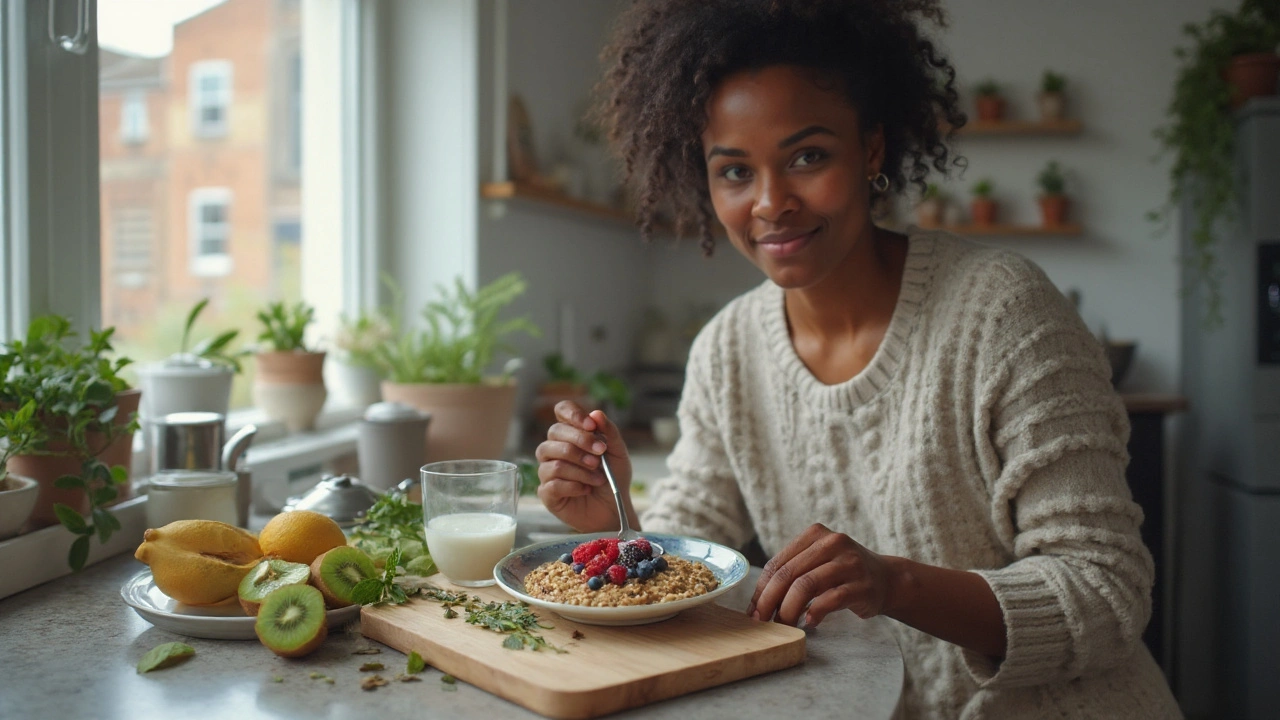Prebiotics – the Easy Way to Feed Your Good Bacteria
Ever wonder why some foods make you feel lighter after a meal? That’s often prebiotics at work. They’re the plant fibers that your gut microbes love, helping them grow stronger and keep your digestion smooth. Unlike probiotics, which are live bugs you eat, prebiotics are the food that those bugs need. Adding a few everyday ingredients can give your gut a real boost without any fancy supplements.
What Are Prebiotics?
Prebiotics are a type of soluble fiber that resists digestion in the small intestine. When they reach the colon, they become breakfast for the beneficial bacteria already living there. This feeding frenzy produces short‑chain fatty acids, which lower inflammation, support the gut barrier, and even influence mood. Common prebiotic fibers include inulin, fructooligosaccharides (FOS), and resistant starch.
If you’ve read our "Ultimate Guide to Gastro Health" you’ll know that a happy gut links to better energy and mood. Prebiotics are a key piece of that puzzle because they help keep the microbiome balanced, which can reduce bloating, improve regularity, and support immune function.
How to Include Prebiotics in Everyday Meals
Getting prebiotics into your diet is easier than you think. Start with a handful of raw or cooked bananas, a cup of cooked oats, or a sprinkle of chicory root coffee. Add garlic, onions, or leeks to soups and stir‑fries – they’re loaded with inulin and blend well with most dishes. If you enjoy snacks, swap plain chips for roasted chickpeas; they supply both fiber and protein.
For a quick breakfast, blend a banana, a spoonful of chia seeds, and some oat milk. That combo gives you resistant starch from the banana and soluble fiber from the oats. Lunch can be as simple as a salad topped with sliced apples, a handful of walnuts, and a drizzle of olive oil. Dinner might involve a side of roasted sweet potatoes and a veggie medley featuring carrots and Jerusalem artichokes – the latter is one of the highest‑prebiotic foods available.
Don’t forget the power of fermented foods too. While they’re probiotics, pairing them with prebiotic-rich meals creates a symbiotic effect. Think of kimchi on a bowl of quinoa with added diced onions – you get both live microbes and the food they love.
To keep things interesting, experiment with prebiotic powders that you can mix into smoothies or yogurt. Just a teaspoon a day can make a noticeable difference without changing your routine.
Bottom line: prebiotics are cheap, natural, and easy to add to almost any recipe. By making these small swaps, you’ll feed the good bacteria that keep your gut—and you—feeling great.


